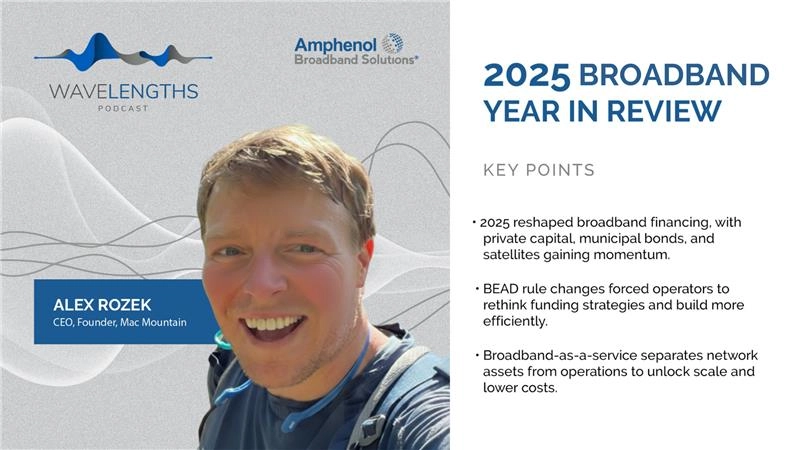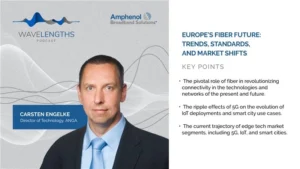Assisted Reality Headset Breaks New Ground for Neuro Disabilities
On Spatial Perspectives, host Dan Cui will have a one-on-one dialog with innovators and thought leaders in the growing Spatial Reality, or Spatial Computing, market. Cui will invite guests who can discuss the real world use cases of the technology and how it could benefit mankind while exploring any drawbacks and how they might be mitigated.
The brain could be considered the most powerful computer, but for many, they deal with physical or neurological disabilities that make controlling it challenging or impossible. The gift of technology has overcome many barriers, so why not this one? Andreas Forsland, Co-Founder and CEO of Cognixion, shares how his company is making a difference with assisted reality.
The company specializes in neuroprosthetic software to support those with disabilities. They’re now introducing the CognixionOne, a wearable that converges AI and brainwaves to create a brain-computer interface.
“We’ve been working on this for years, and it’s a headset with electrodes that read brainwaves and can detect what a wearer is looking at in a virtual reality environment,” Forsland said.
It’s radically different from other VR technology because those were read-only systems. “Read-only is very slow, with no biofeedback. Our is a closed-loop design for faster responsiveness, improving the usability,” Forsland added.
VR has mostly been a first-person experience, but CognixionOne changes that. In the video, viewers can see how it works for someone who cannot communicate verbally. The user sees objects and provides word and phrase configuration. The device can generate actual speech, show it on the headset, or integrate it with digital assistants.
Listen to Previous Episodes of Spatial Perspectives Right Here!
Follow us on social media for the latest updates in B2B!
Twitter – @MarketScale
Facebook – facebook.com/marketscale
LinkedIn – linkedin.com/company/marketscale








